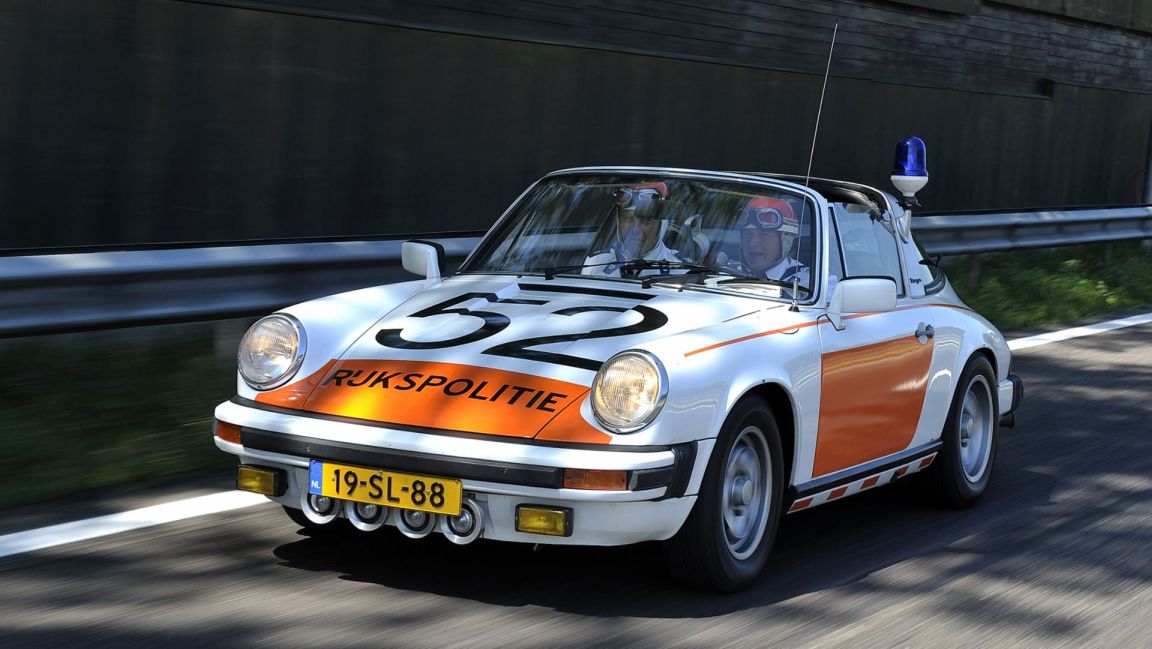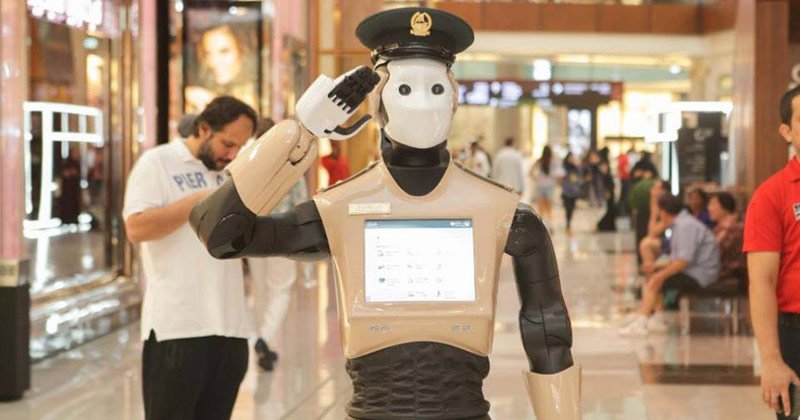Alright, this is yet another post not related to public transport, but I have in the past written about first responders. In fact, one of the long-pending article ideas is on what Indian Police officer’s utility belt should be.
When we Indians hear police and fancy cars, we usually think of the Dubai Police which is equipped with a wide variety of exotic and even concept cars including but not limited to Aston Martin, Bentley, Lambhorgini, Lexus, and of course the Lykan HyperSport (as destroyed by Brian and Dom in Furious 7) and W Motors’ Ghiath as well.
However, much before Dubai, the Korps landelijke politiediensten (KLPD; or National Police Services Corps) which was the former national police force in the Netherlands made use of luxury vehicles.
The story starts thus, that in the 1960s, motorways in the Netherlands saw a lot of accidents, mainly due to the absence of marked speed limits on roads. In order to combat this, the Highway Patrol division of the KLPD set out defining the requirements for a high-speed patrol vehicle. They had to be fast of course, they had to have a rear-engine, be able to accelerate and brake at the drop of a hat, and one very unique requirement was that they had to have an open top.
Attention turned towards the town of Zuffenhausen in Germany where the headquarters and factory of Dr. Ing. h.c. F. Porsche AG, known to most of us as just Porsche was located. The automobile manufacturer, who was winding up production on a well known model, the Porsche 356, ended up supplying the last ten cars of the model to the KLPD where they were the mainstay between 1962 and 1966.
In 1967, Porsche unveiled the Targa top variant of its flagship vehicle, the Porsche 911, and this caught the eye of the KLPD. The 911 was a hit with the law enforcement agency and remained a mainstay of its patrol units till 1996. A total of 507 Porsche vehicles, including the 356, 911, 914, 924 and 964 made their way into the agency’s motorpools, making it the largest historic Porsche police fleet in the world.
Each car was identifiable by it distinguished livery of orange and white with a single blue emergency light perched atop its A-pillar.
Now, very interestingly, all of these cars had open tops, hence the KLPD’s interest in the 911 only after the targa top was unveiled. The rationale for this? Officers were to be able to stand up in the car in order to direct traffic.
Another interesting thing to note was that the uniforms worn by officers driving these cars always included a distinctive orange helmet with safety goggles.
The livery has been since updated and now features blue and orange stripes and the uniform has a white and orange helmet.
Featured Image: A Porsche 911 being used by the KLPD (Oranje-Boom/Porsche Newsroom)
![]()


